It is better to continuously amend your soil to make it healthier for the higher yield of your vegetable crops. To amend the soil you can use peat moss.
It is made from decomposed organic material salvaged from peat bogs. This dead fibrous material is an excellent soil amendment. Some plants such as tomatoes, strawberries, and blueberries like to grow in acidic soil.
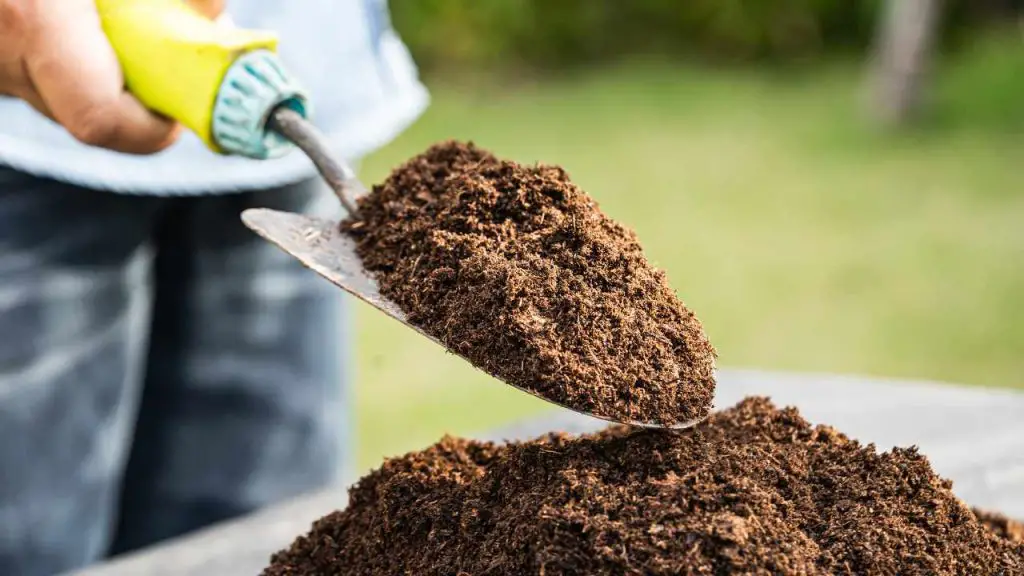
Peat moss is a good option if you want to make your soil more acidic. It will also help to improve the water-retaining properties of the soil.
Where To Find Peat Bogs?
If we talk about peat bogs, they are dense wetlands filled with decades-old vegetation. You can easily find peat bogs in cold and temperate climates. Peat bogs provide a home for many animals.
They have to regulate the water flows and reduce the danger of flooding. The areas where high rainfall but low drainage are perfect places for blanket bogs.
Lowlands in the agricultural landscape are the best locations for raised bogs. Peat bogs easily absorb carbon dioxide from their environment. Due to misuse this renewable wetlands are lost.
Pros And Cons Of Using Peat Moss For Vegetable Garden
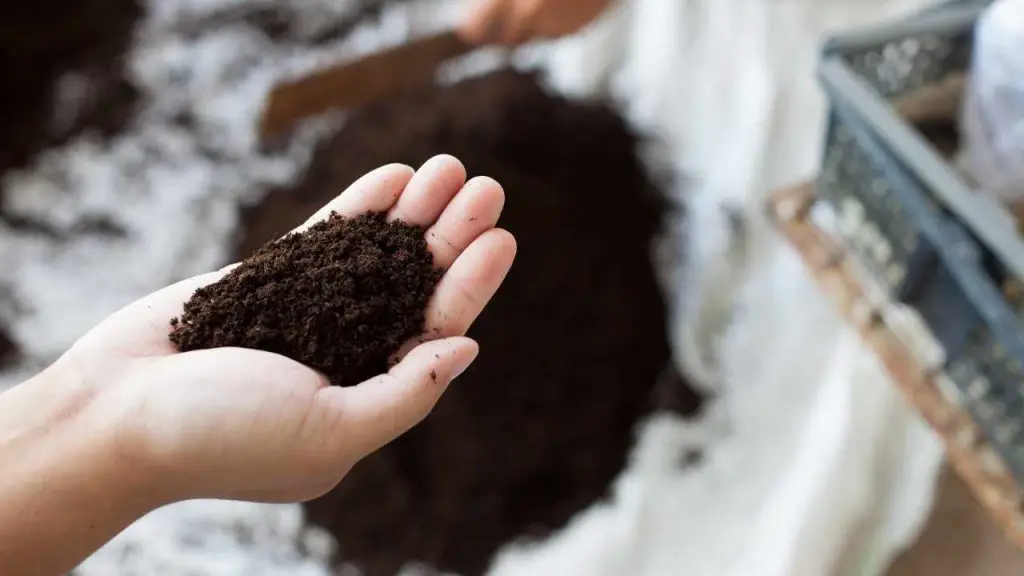
Using peat moss can be both good and bad. Following are the pros and cons of using peat moss for your vegetable plants.
PROS
When you add peat moss to the soil of your vegetable garden then you will get the following advantages.
- The application of peat moss improves the structure of soil. It will help to improve the aeration and drainage. As a result, the development of the roots of vegetable plants becomes easier.
- As you know, essential nutrients are very important for the higher yield of vegetable plants. The steady supply of nutrients speeds up the growth process. Peat moss contains all the required nutrients that are needed by vegetable crops.
- The application of peat moss makes the pH of the soil between 3.5 to 4.5 which is perfect for glowing acidic-loving fruits and vegetables. If the soil of your vegetable Garden is alkaline then you can neutralize it by adding Peeth most.
- You can’t deny the excellent water-holding capacity of peat moss. If you have sandy soil in your vegetable garden then its application will prevent the soil from draining.
- The roots of young seedlings are very delicate and susceptible to disease and parasites. You can use peat moss as a seed starter as it is sterile.
- You can make perfect potting soil by mixing coconut coir, peat moss, perlite, and vermiculite. If you are growing your vegetable plants in parts or raised beds or containers then you can use this potting mix for filling them.
- Traditional soil of your vegetable garden compacts very easily when people walk on it but the good thing about peat moss is that it will not become compacted because it has a spongy nature. Its application in clay soil makes it more comfortable for the roots of plants.
- Peat moss does not contain any seeds of weeds or harmful bacteria. So you can use it without thinking too much.
- Peat moss lasts for years in the soil of your vegetable garden. It releases nutrients to vegetable crops slowly.
CONS
The downside of peat moss in a vegetable garden is as follows.
- Instead of using peat moss, you can use compost because peat moss develops very slowly.
- It is costly. It is better to apply it by mixing the soil in your vegetable garden. It will make it economical. You can make compost at home by using your kitchen waste so it will not cost you too much. A layer of mulch that consists of dried leaves, straws, and grass clippings can also be used to retain moisture in the soil.
- You can’t use peat moss for some plants such as ginger, raspberries, blackberries, lavender, daily lilies, and more that like to grow in alkaline or neutral soil. Peat moss makes your soil acidic which is not good for most of the plants. The best alternative to peat moss is organic compost.
- With time the peat moss becomes dry and makes cracks in the soil.
Keep Reading:
- Here Is Everything About Using Pine Bark Mulch In Vegetable Garden
- Raised Bed Vegetable Gardening For Beginners
- Dos And Don’ts Of Vegetable Garden
What Type Of Peat Moss Is Best For A Vegetable Garden?
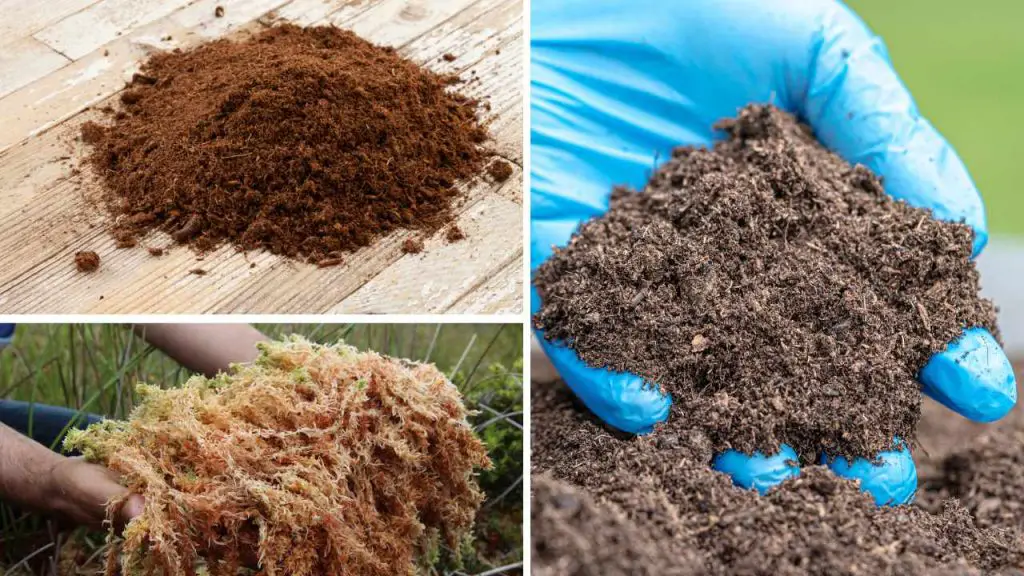
Following are the different types that you can use in your garden.
SPHAGNUM PEAT MOSS
The most common type of peat moss which is used in the garden is sphagnum peat moss. This type of peat moss has extraordinary moisture retention abilities. It is suitable for different types of plants.
HYPNUM PEAT MOSS
The other name of hypnum peat moss is feather moss. You can harvest this type of peat moss from different types of moss species. The moisture retention capacity of hypnum peat moss is different from sphagnum peat moss.
REED AND SEDGE PEAT
Decomposed reeds and sedges are the source of reeds and sedges peat moss. This type of peat moss contains fibrous content. Its application will improve the structure of the soil. If you apply it in clay soil then it will become more.
Factors To Consider Before Choosing Right Peat Moss
You should be careful when you are choosing the type of peat moss for your vegetable crop. The following factors are very important when you decide to pick the right peat moss.
REQUIREMENT OF PLANTS
The requirements of different plants are different. You should carefully check the needs of the vegetable plants you select for growing in your garden.
This suitable pH level of the soil according to the requirement of the plant is very important. As mentioned above peat moss helps to improve the acidic level of the soil.
You must select it for those plants that like to grow in acidic soil so your plants will meet their specific needs.
THE COMPOSITION OF THE SOIL
Before selecting peat most for your vegetable garden you must know the composition of soil. A soil test will help you to decide the right type of peat moss.
It will also tell you about the shortage of nutrients and the pH level of the soil. You should consider the drainage quality because if the soil is so compact then it will create a water-logging situation that is not good for most vegetable plants.
Soggy soil will encourage the spreading of different diseases in your plants.
AVAILABILITY AND COST
The availability of peat moss in your area should be considered. As you know peat moss is very expensive so if you afford it then buy it. Make sure it will not exceed your budget and meet your gardening requirements.
How To Use Peat Moss In A Vegetable Garden?
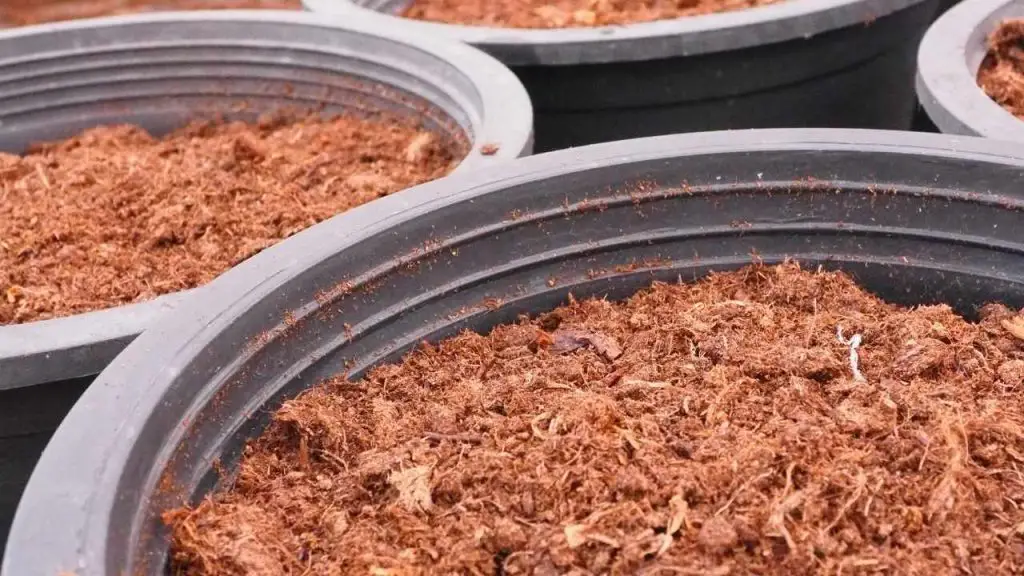
You can use peat moss as an additive in potting mixes. This is a soil amendment that can be used to improve the structure of the soil. The procedure of using peat moss in the vegetable garden is not difficult.
- You need a shovel to dig the soil about 12 inches in your vegetable garden. Now turn the soil. You can also do it with a tiller. After loosening the soil it will become more aerated.
- 2 to 3 inches of layer of peat moss is perfect for application on the soil. Try to incorporate this layer of peat moss in the soil so the nutrients deeply penetrate.
- If you are growing your favorite vegetable plants in raised beds, pots, or containers then you should mix peat moss in the soil with compost. The quantity of the peat moss must be between ⅓ to ⅔.
- You need perlite and peat moss to start the seeds of your favorite vegetables. Mix perlite and peat moss so the germination of seeds will speed up. Keeping this starting makes it moist for a successful germination process. You can also use vermiculite to make this starting growing medium better for your plants.
- When you use peat moss then it will enhance the ability of dry sandy soil to retain moisture. Peat moss helps to improve the drainage quality of the soil. Its application is very useful in vegetable gardens where you have to maintain the moisture level to improve the production of vegetables. You can change the pH of the soil according to the needs of your plants. It is suggested that you should use peat moss when it is needed in your vegetable garden.
- You can use peat moss as a growing medium for the soilless culture. It is a perfect organic matter for hydroponic gardening. If you provide oxygen and nitrogen then peat moss starts decomposing.
Keep Reading:
- Are Marigolds Good For Vegetable Gardens?
- 10 Magical And Organic Fertilizers For Your Vegetable Garden
- Recycled Container Vegetable Gardening
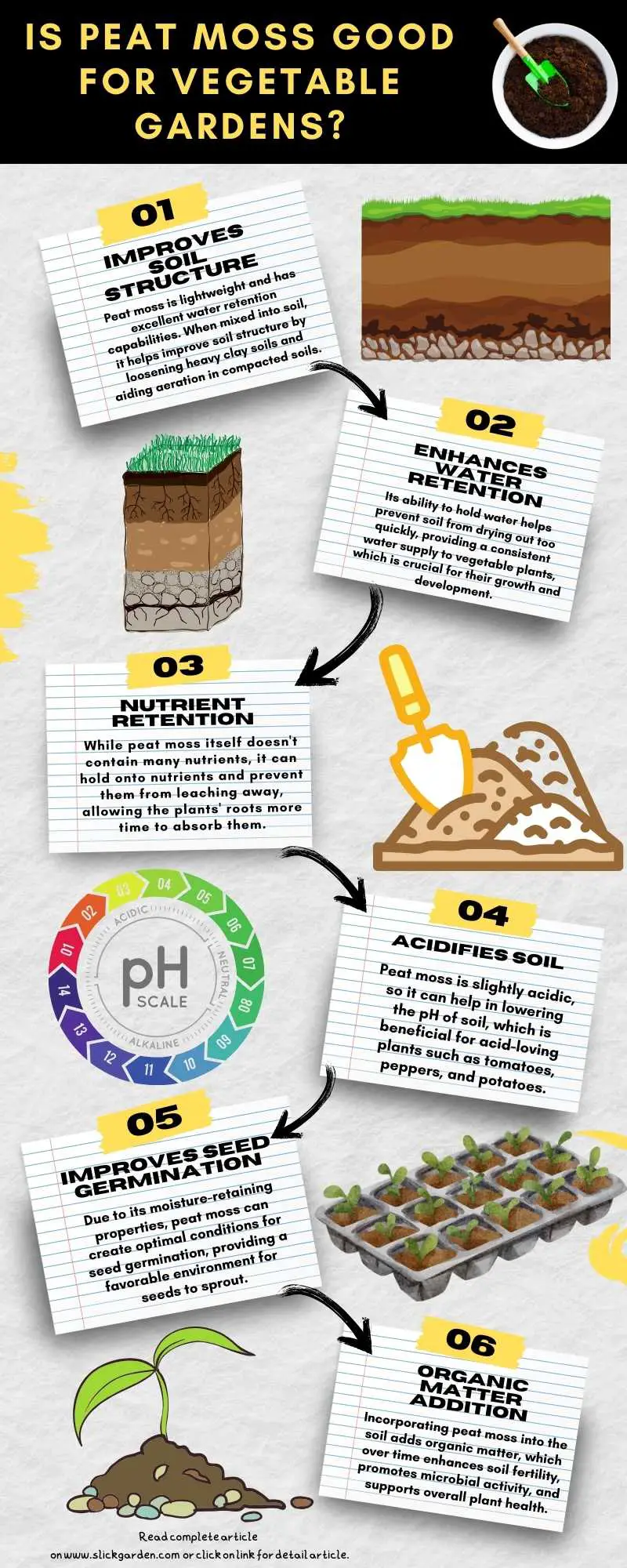
What Vegetables Like Peat Moss?
This topic is very important. You should know which vegetable is peat moss. You can’t use peat moss for all types of vegetable plants.
When you do some research you will come to know that it is optimally not good for certain vegetable plants that like to thrive well in alkaline soil.
The vegetables that can tolerate acidic soil need peat moss. The following is the list of the plants that can easily thrive in low pH.
- Radishes
- Sweet potatoes
- Parsley
- Potatoes
- Blueberry
- Blackberry
- Bell pepper
It means you can use it for these plants so you will get a higher yield of your crops.
You should not select this soil amendment for asparagus, broccoli, cucumber, okra, beets, cauliflower, spinach, and beetroot
